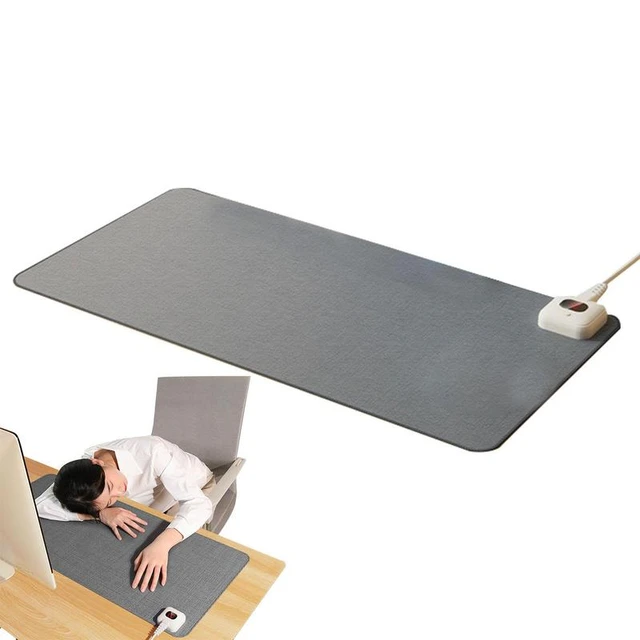
Is it safe to sleep with a heating pad on your neck?
Introduction
Using a heating pad on your neck can provide relief and comfort for muscle tension, pain, or stiffness. However, it is essential to prioritize safety when considering sleeping with a heating pad. While some individuals may find it safe and beneficial, others may be at higher risk for potential hazards. In this guide, we will explore the safety considerations of sleeping with a heating pad on your neck, including potential risks, safety precautions, and alternative options for nighttime pain relief.
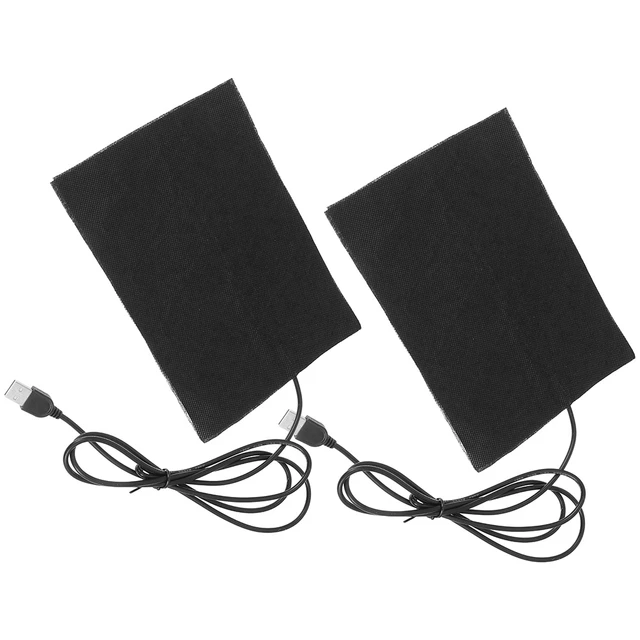
Is it safe to sleep with a heating pad on your neck?
Potential Risks of Sleeping with a Heating Pad
1.1. Burns and Skin Irritation
The primary concern when sleeping with a heating pad is the risk of burns or skin irritation, particularly if the heating pad is left on for an extended period or if the temperature is set too high.
1.2. Tissue Damage
Continued exposure to heat can result in tissue damage, including burns to the skin, underlying tissues, or structures in the neck area.
1.3. Fire Hazard
Leaving a heating pad unattended during sleep increases the risk of fire hazards, especially if the heating pad is faulty, damaged, or malfunctions.
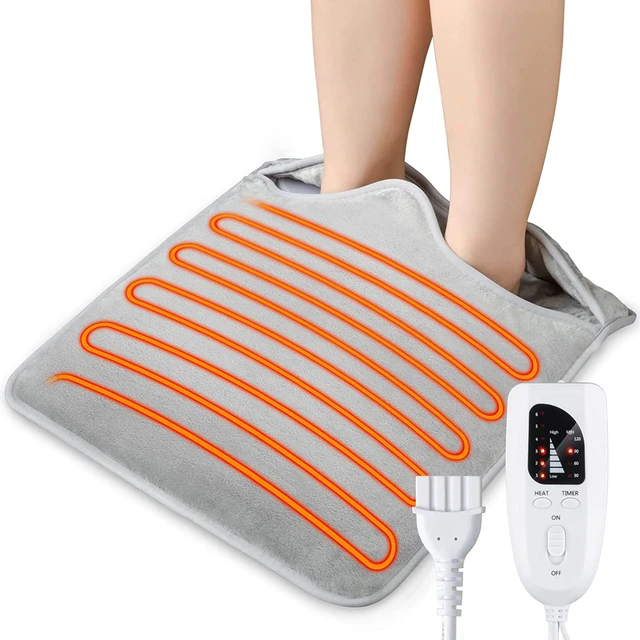
Safety Precautions for Sleeping with a Heating Pad
2.1. Time Limit
To minimize the risk of burns or tissue damage, it is important to adhere to time limits when using a heating pad. Follow the manufacturer’s instructions regarding the recommended duration of use and avoid sleeping with the heating pad on for an extended period.
2.2. Temperature Control
Select a low or medium heat setting on the heating pad to prevent excessive heat exposure. Higher temperature settings can increase the risk of burns and discomfort.
2.3. Supervision
Never leave a heating pad unattended while sleeping. It is crucial to maintain supervision and ensure the heating pad is functioning properly and safely.
2.4. Proper Placement
Properly position the heating pad on your neck, ensuring it is securely in place and covers the desired area. Avoid creasing or folding the heating pad, as this can lead to uneven heat distribution and potential hotspots.
2.5. Use a Timer
Consider using a heating pad with an automatic timer or utilizing a separate timer to ensure the heating pad turns off after a specific duration. This prevents prolonged exposure to heat while sleeping.
2.6. Layering Protection
To minimize direct contact and potential skin irritation, place a thin cloth or towel between the heating pad and your skin. This layer provides an additional barrier and helps regulate the heat.
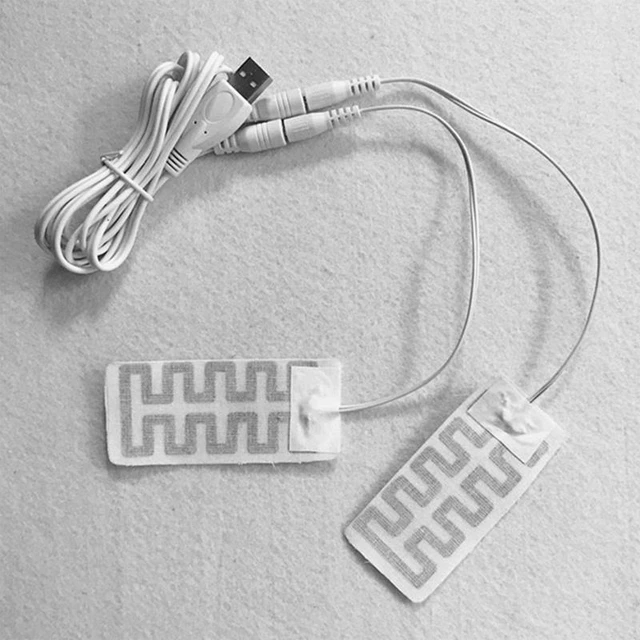
Alternatives for Nighttime Pain Relief
3.1. Moist Heat Packs
Moist heat packs provide an alternative to heating pads. These packs can be heated in a microwave or soaked in warm water, offering a gentle and moist form of heat therapy. Moist heat packs are generally considered safe for sleep as they cool down naturally over time.
3.2. Hot Water Bottle
A hot water bottle filled with warm (not hot) water can provide localized heat for neck pain relief during sleep. Ensure the water is not too hot and always use a cover or towel to prevent direct contact with the skin.
3.3. Warm Bath or Shower
Taking a warm bath or shower before bedtime can help relax neck muscles and provide temporary pain relief. This can be particularly effective for individuals experiencing nighttime neck pain.
3.4. Topical Heat Therapies
Consider using topical heat therapies, such as over-the-counter heat patches or creams, specifically designed for pain relief. These can provide localized heat without the need for direct contact or electrical heating devices.
Consulting a Healthcare Professional
4.1. Personal Health Considerations
Individuals with certain health conditions or sensitivities may be at higher risk when using a heating pad, even under supervision. It is crucial to consult with a healthcare professional who can provide personalized guidance based on your specific needs and medical history.
4.2. Underlying Medical Conditions
If you have any underlying medical conditions, such as diabetes, peripheral neuropathy, or circulatory problems, it is important to discuss the use of heating pads with your healthcare professional. Some conditions can increase the risk of burns or complications from heat exposure.
Monitoring and Awareness
5.1. Regular Check-ins
If you decide to sleep with a heating pad on your neck, it is important to periodically check on the heating pad and your comfort level throughout the night. This can help ensure that you are not experiencing any discomfort or adverse reactions.
5.2. Sensation and Sensitivity
Pay attention to your body’s sensation and sensitivity to heat. If you notice any discomfort, excessive sweating, or skin redness, it may be necessary to adjust the temperature, time limit, or consider alternate methods of pain relief.
5.3. Personal Preference
Each individual’s tolerance for heat may vary, so it is important to listen to your body and adjust the heating pad accordingly. Some people may find it more comfortable to use a heating pad at a lower temperature or for a shorter duration, while others may prefer a higher heat setting.
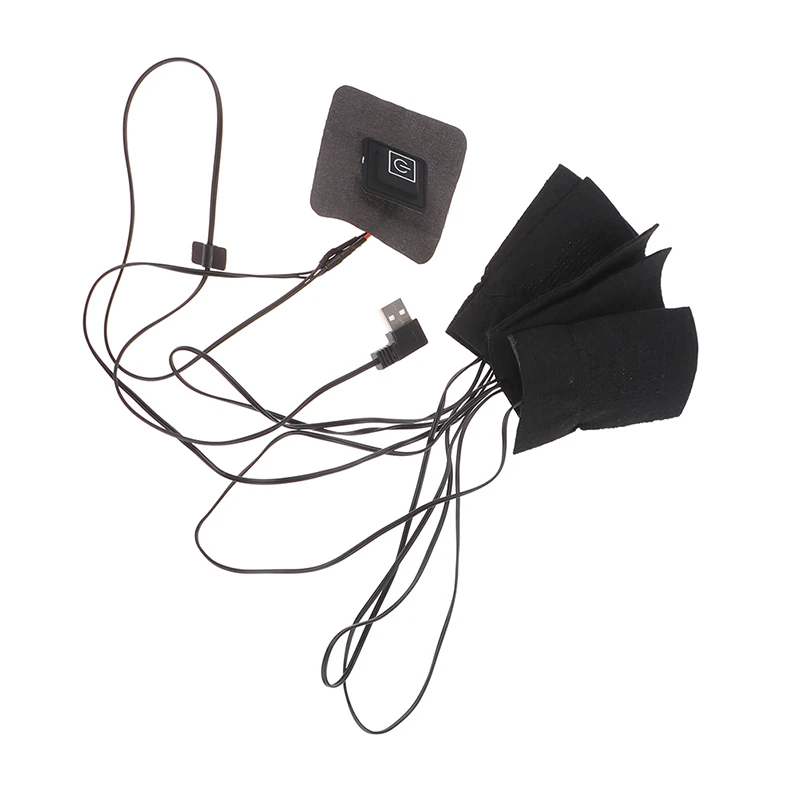
Hygiene and Maintenance
6.1. Cleanliness
Maintain proper hygiene by ensuring that the heating pad is clean and free from dirt or debris. Follow the manufacturer’s instructions for cleaning and storing the heating pad to prevent the growth of bacteria or mold.
6.2. Regular Inspection
Check the heating pad regularly for any signs of damage, such as frayed wires, exposed heating elements, or malfunctioning controls. Discontinue use if you notice any issues and replace the heating pad if necessary.
Seeking Professional Advice
7.1. Pre-existing Conditions
If you have any pre-existing medical conditions, such as nerve damage, circulatory problems, or skin sensitivity, consult with a healthcare professional before using a heating pad on your neck during sleep. They can provide personalized advice based on your specific condition and guide you on the most appropriate pain relief methods.
7.2. Individual Considerations
Each person’s situation is unique, and what may be safe and effective for one individual may not be suitable for another. It is important to consider your own health, preferences, and any potential risks before deciding to use a heating pad on your neck during sleep.
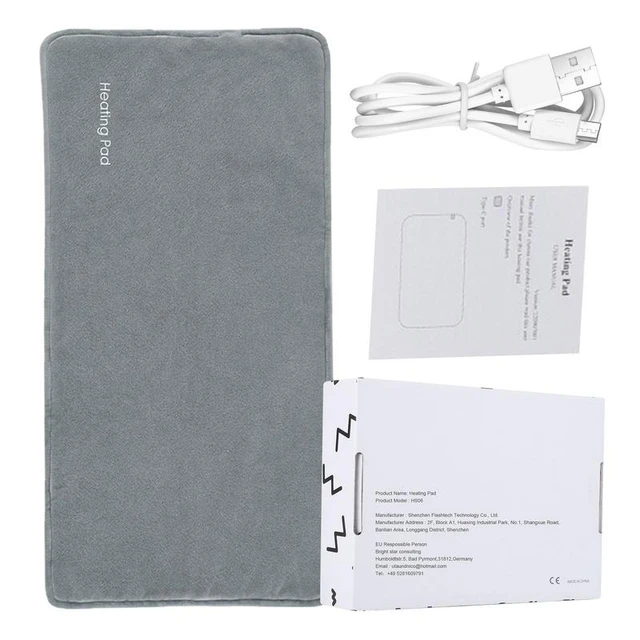
Conclusion
While sleeping with a heating pad on your neck may provide temporary relief for muscle tension or pain, it is essential to prioritize safety. Potential risks include burns, skin irritation, tissue damage, and fire hazards. To ensure safety, adhere to time limits, control the temperature, supervise the use of the heating pad, and consider layering protection. Alternatives such as moist heat packs, hot water bottles, warm baths or showers, and topical heat therapies can be considered for nighttime pain relief. Always consult a healthcare professional, especially if you have underlying medical conditions or concerns about using a heating pad. By prioritizing safety and exploring alternative options, you can find effective pain relief while promoting a safe and comfortable sleep environment.




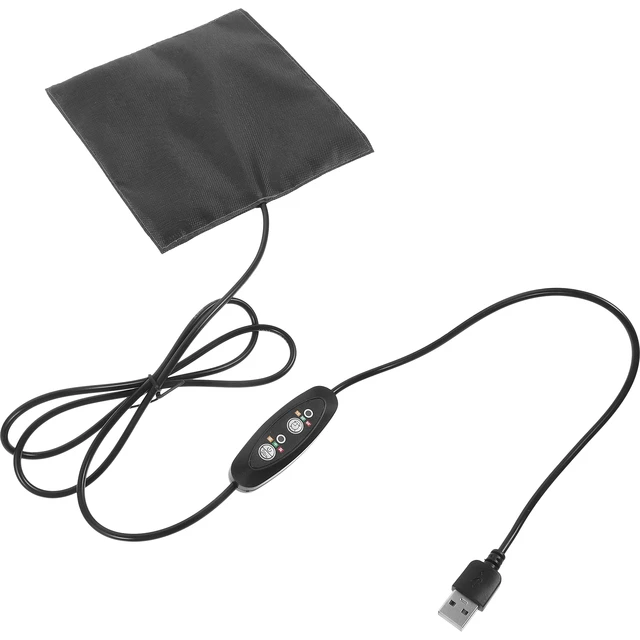
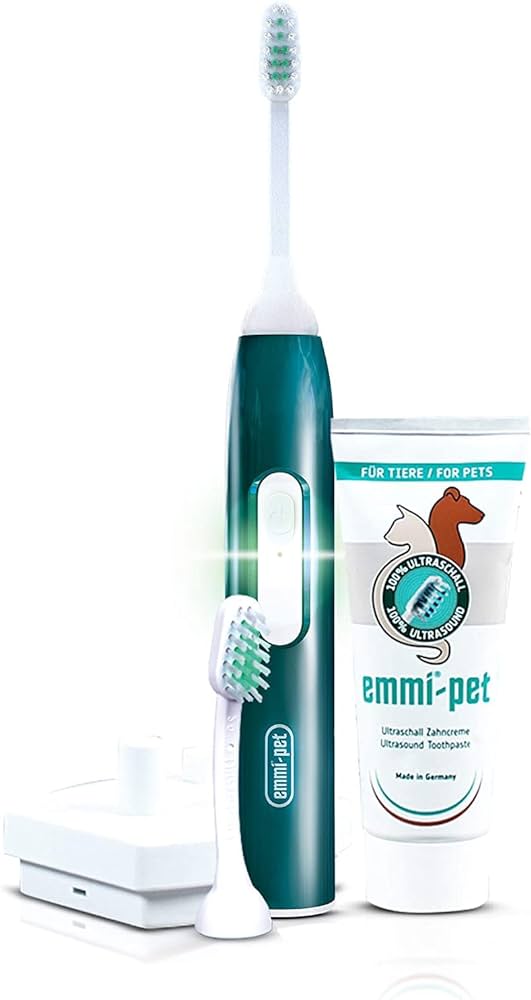
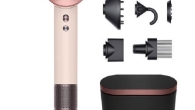

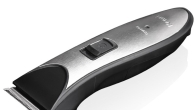
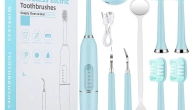
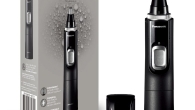
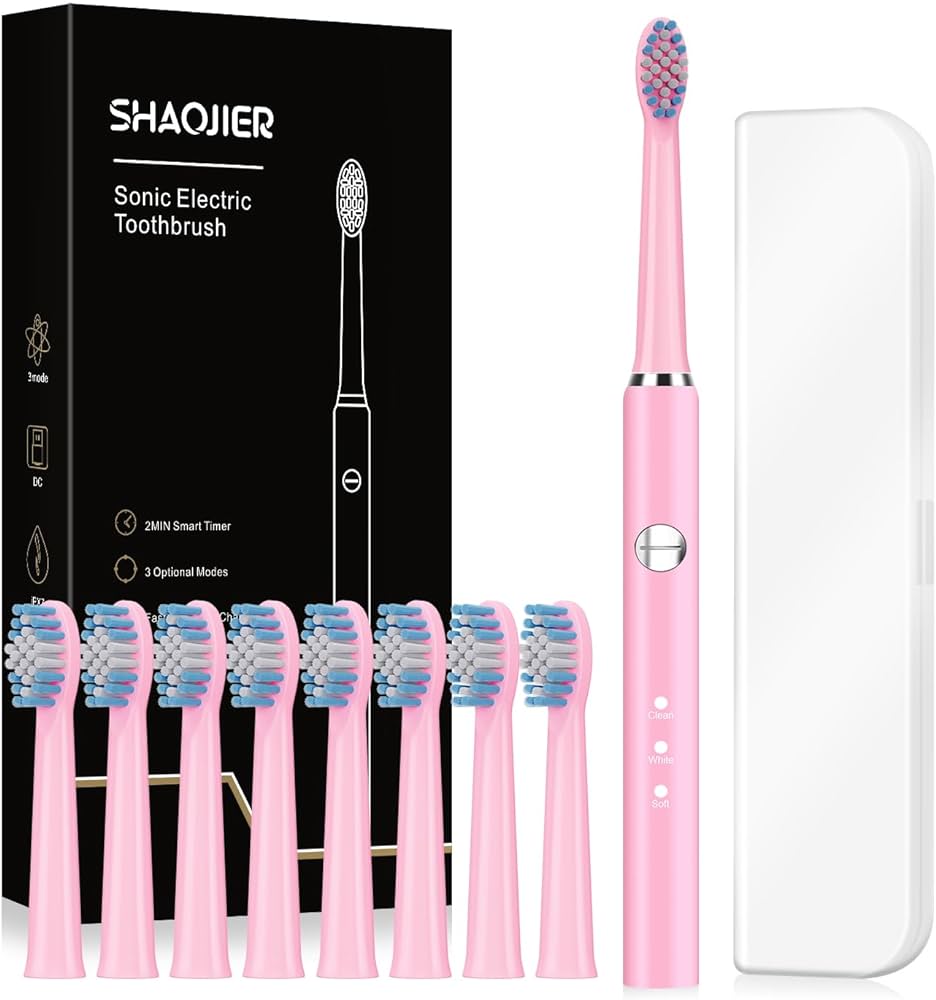
Leave a Reply
You must be logged in to post a comment.